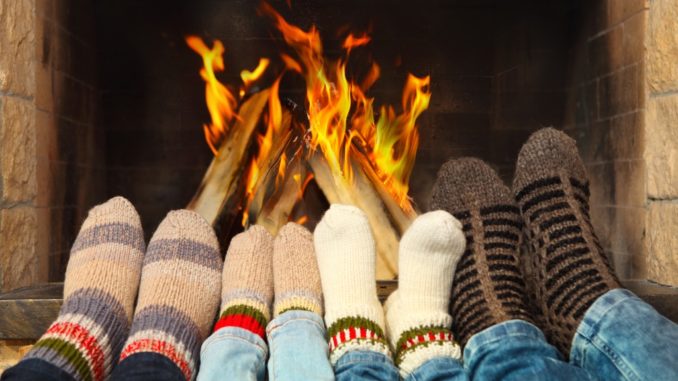
 Those who have lived in Salt Lake City for a long time know how cold it can get during the cold months. From December to March, you can expect to wear gloves and a jacket and, unfortunately, have stubborn colds. Your home can quickly become the second South Pole if proper warming tips and practices are not taken. To keep your home crisp and warm even during the cold months, here are some proven tips:
Those who have lived in Salt Lake City for a long time know how cold it can get during the cold months. From December to March, you can expect to wear gloves and a jacket and, unfortunately, have stubborn colds. Your home can quickly become the second South Pole if proper warming tips and practices are not taken. To keep your home crisp and warm even during the cold months, here are some proven tips:
1. Have experts take a look at your furnace.
Your furnace is your best friend in keeping your home warm. Since it is prone to wear and tear, it is crucial to have the unit inspected by experts. Some issues with your furnace may not be obvious to untrained eyes. For example, there may be electric ignition or pilot control problems that affect its performance. Your furnace also may not be producing enough heat due to underlying issues. The thermostat may also be having some problems. To make sure that you are getting what you are paying for in energy costs, have your furnace inspected by experts. If it needs any repair, you need to find a contractor that offers quality furnace repair.
2. Use draft stoppers.
Warmth escapes your home through many places, but mostly through your doors and windows. The gap between your door and the floor, as well as the gaps in your windows, needs to be closed up to keep your home warm. If you want a cost-effective yet temporary solution, you can use double draft stoppers. They fit at the bottom of your door and under windows as well. They are also cheap, with one piece costing less than $10. If you like DIY projects, you can also try making your own using some fabric, a round foam pipe insulation, and a sewing machine. If you suspect that you are getting drafts in other areas, you can have a professional inspect your home. It may seem expensive, but since air leaks are costly, investing in professional services can save you more.

3. Let sunlight in during the day.
Another hack to keeping your home warm during the cold months is to open up your curtains during the day. This will let the warmth of the sun in. Open up your curtains before leaving for the day and close them up at night to trap the warmth in. For rooms in your house that do not get much sunlight, there is no need to open the curtains.
4. Make sure that nothing is blocking your air vents and radiators.
It may seem obvious, but oftentimes, some of your furniture and appliances are blocking the flow of heat into your rooms. Make sure that your air vents and radiators are not blocked by a couch, bed, or chair.
Keeping your home warm does not have to be hard and costly. With a few tips and hacks, you can save on energy costs while keeping your home warm and cozy for your family.
